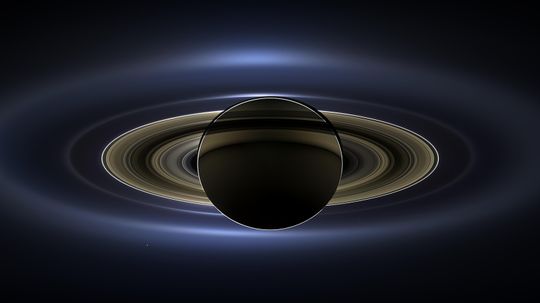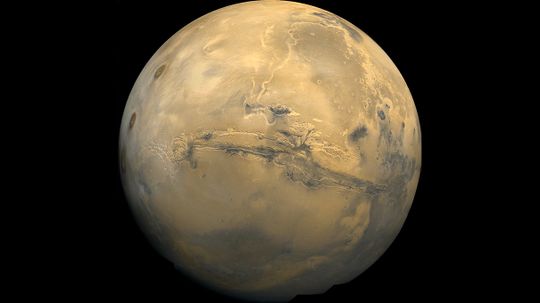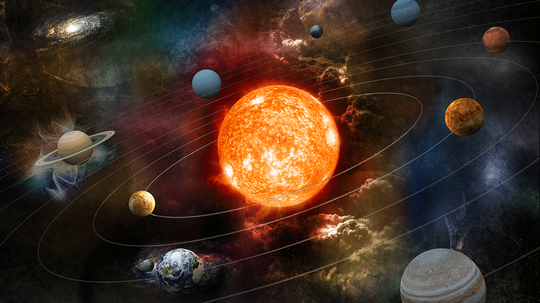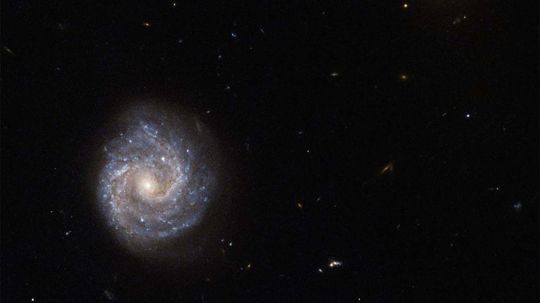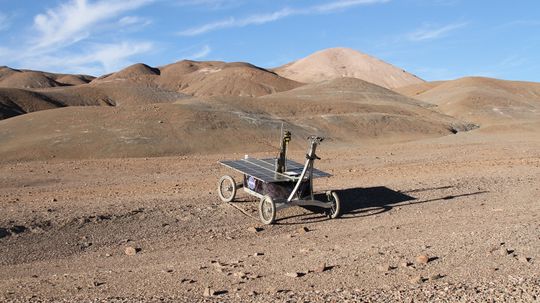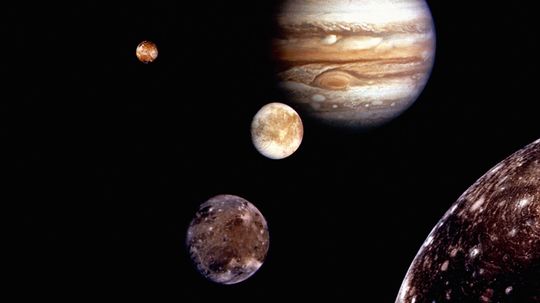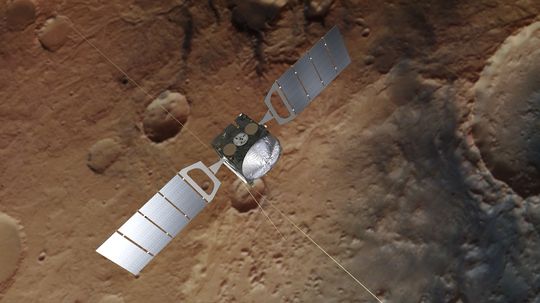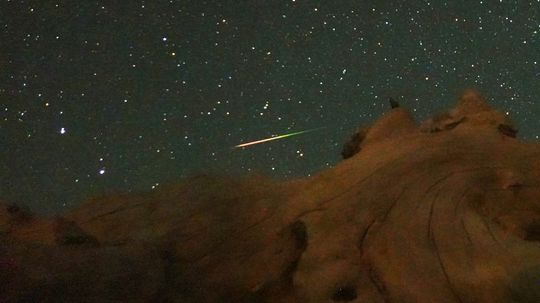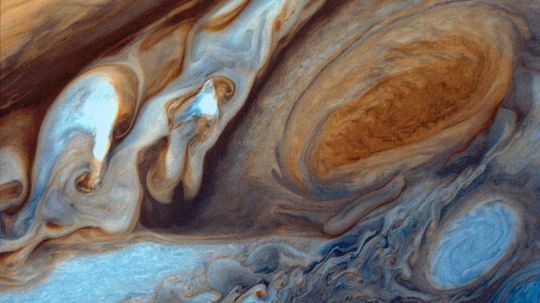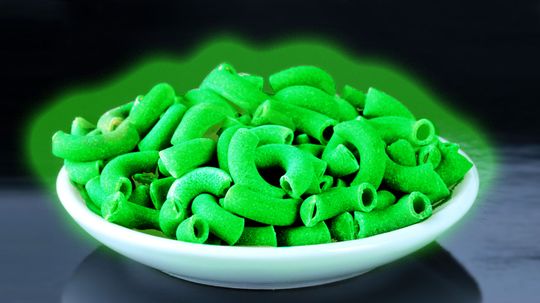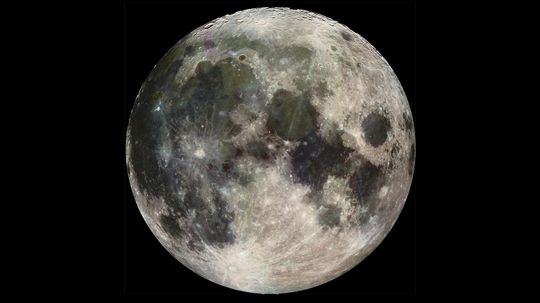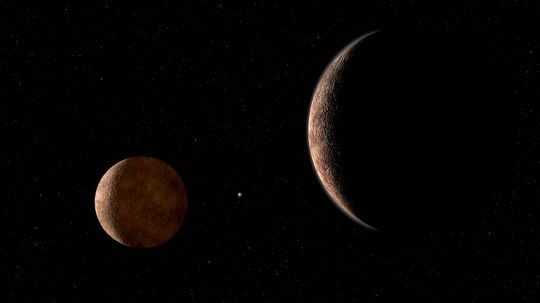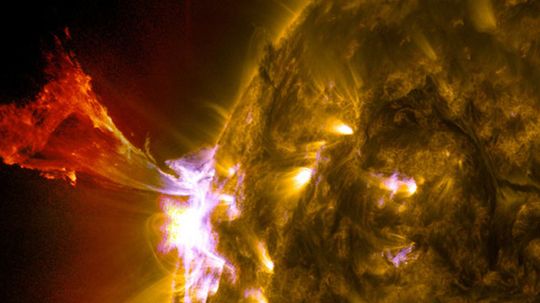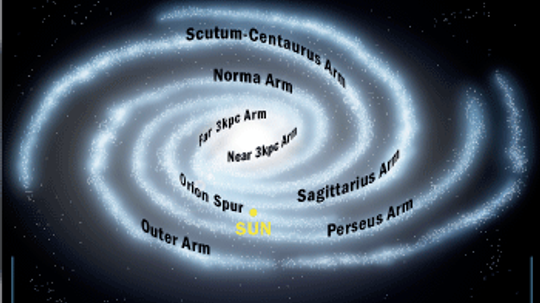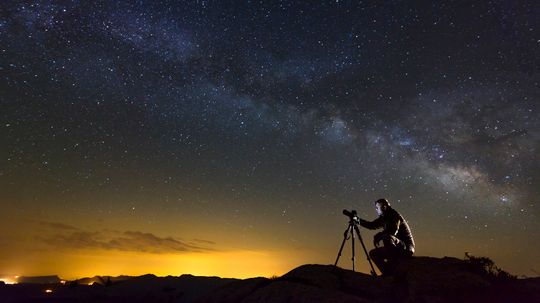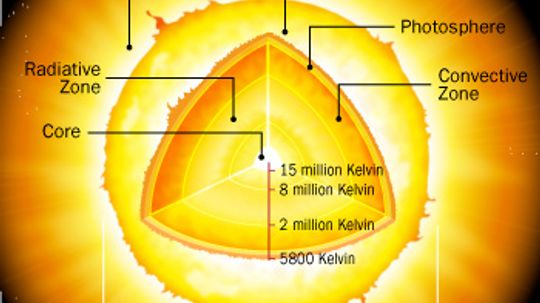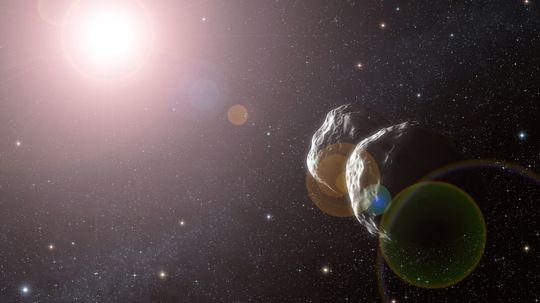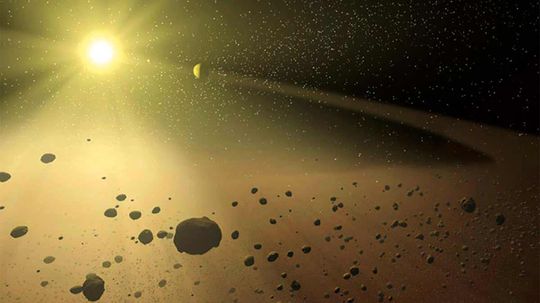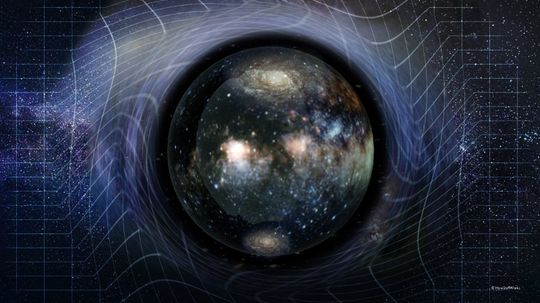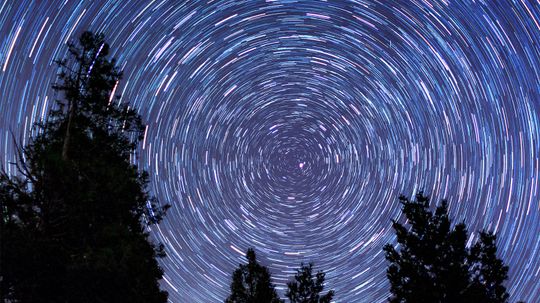Astronomy
Astronomy is a broad discipline covering all facets of astrophysics. In this section you can learn about the origins of the universe, black holes and other astronomical phenomena.
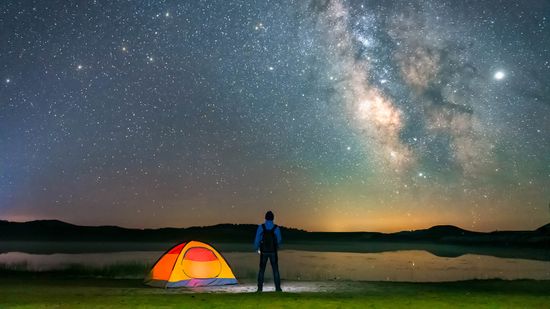
88 Constellation Names (and 24 You Can Only See From the Northern Hemisphere)
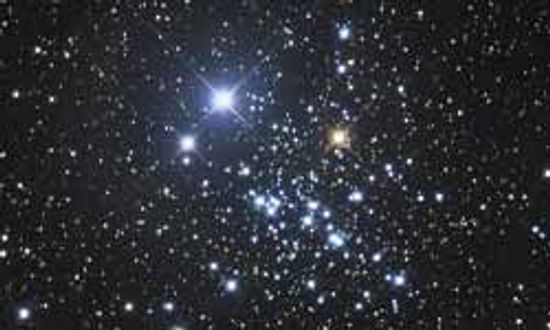
Constellation Pictures
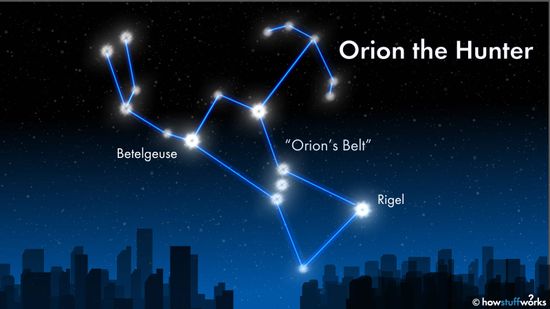
How to Find Orion's Belt in the Night Sky
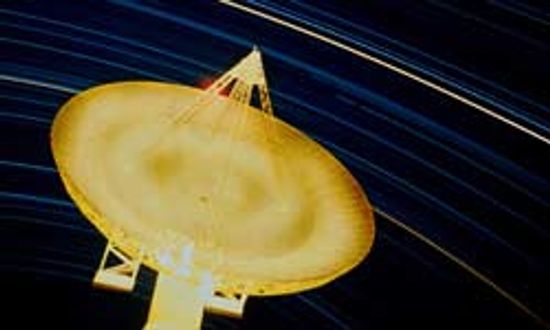
Radio Telescope Image Gallery

How do I build a telescope at home?

Shooting the Stars as an Astrophotographer
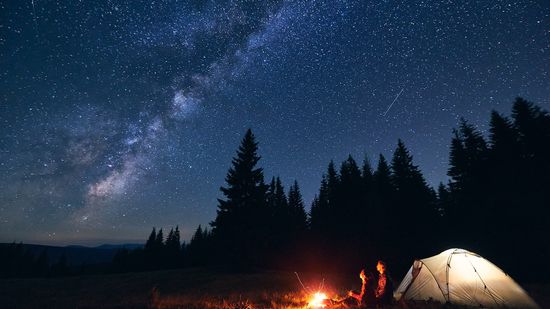
10 Types of Stars Blazing and Collapsing in Our Universe
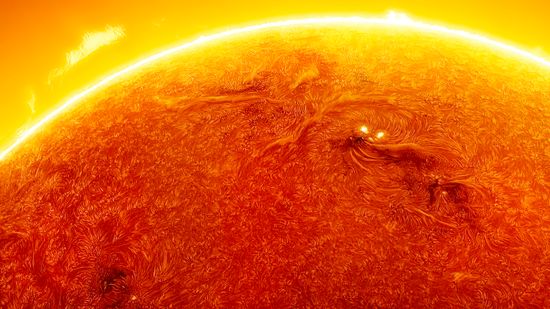
Solar Storm + Earth's Magnetic Field = Auroras Galore
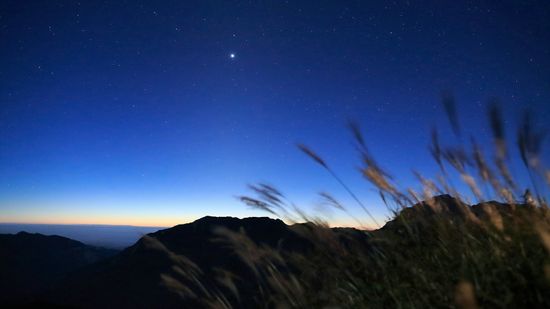
What's the Brightest Star in the Sky? Depends on the Season

Why a Geomagnetic Storm Makes for Pretty Skies and Tech Scares

What Is a Harvest Moon?
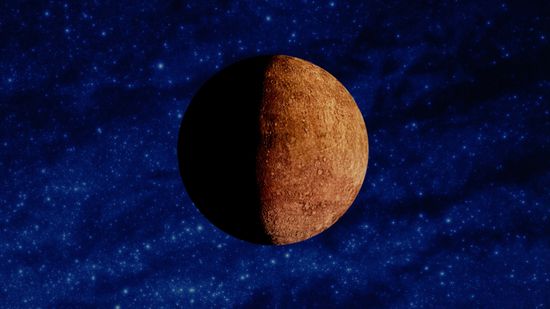
Mercury Retrograde Explained: Dates, Effects, and How to Cope
Learn More / Page 6
No worries though. Jupiter, Neptune or Uranus could create their own beautiful, bright ring display in the distant future.
Some scientists think the existence of plate tectonics could be a prerequisite for life. So do they exist on other planets outside of Earth?
By Mark Mancini
Once upon a time, the sun caught an interstellar orphan and adopted it as its own. It's named 2015 BZ 509.
Advertisement
To define the location of objects in the sky, astronomers utilize a system of celestial coordinates, which extends latitude and longitude from Earth's surface into space.
Rovers are getting some practice hunting for microbes here on Earth before they head to Mars in 2020.
Scientists are continually discovering more moons orbiting the outer planets, particularly Saturn and Jupiter. Just how many moons does Jupiter have?
Advertisement
It's a celestial gift in the middle of August. Just look up for a spectacular sight.
Jupiter has been notoriously bad about revealing any water deep in its thick atmosphere. That's changing though.
This stellar noodle is the strongest material in the cosmos!
Advertisement
Back in 2006, the International Astronomical Union decided to demote Pluto to the status of a dwarf planet. A historical study challenges that designation.
Our knowledge of space changes all the time as new discoveries are made. But some ideas about the universe have never really held water - including the one that everything is made of frozen H2O.
It's not uncommon for planets to wander alone through the universe like big, sullen teenagers. But how do they end up flying solo, and could they still harbor life?
The occasional sunspot can interrupt communications here on Earth. But major solar flares have the potential to cause more havoc. Could a flare-up wipe out all our electronics?
Advertisement
Scientists have discovered the existence of water on both our moon and on Mars. Both findings are significant, but what do they mean? Can we use this information to our advantage for space exploration?
By Josh Briggs
It's your home, and a colossally sized one at that. How much do you know about your galactic digs and their residence amid the yawning universe?
By Robert Lamb
How are stars formed? In this article we'll explain stars and learn how stars are formed.
Stars are enormous celestial bodies hot enough to register millions of degrees. They're fascinating scientific phenomena, but is it actually possible for scientists to create them?
Advertisement
Everyone's heard of the blue moon and the harvest moon, but every other full moon of the year has a name, too. What are their names, and when do these moons occur?
Researchers at the Zwicky Transient Facility have found an asteroid in Earth's orbit. And this one has the shortest year yet.
Did you know that a moon can leave its orbit around a large planet and go out on its own?
Advertisement
As the search for Planet Nine wears on, and astronomers have yet to get so much as a glimpse of it, researchers are pondering what else the object might be.
Polaris, also known as the North Star, is almost exactly over the celestial North Pole, making it extremely useful for navigation (and for making wishes on, as well).
